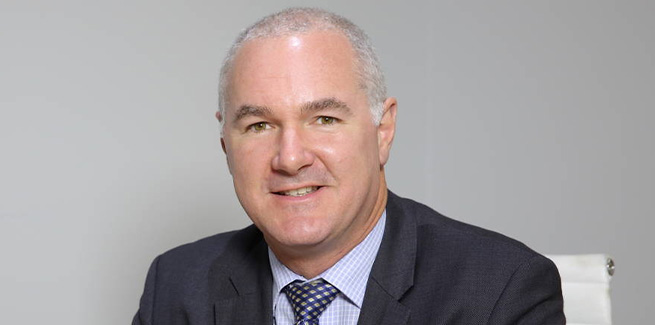Property research group CoreLogic has released its 2019 Perceptions of Housing Affordability report – which includes the findings of a survey of 2,220 Australians aged between 18-69 – revealing that 83 per cent of non-property owners are still worried about being able to afford their first home, despite the recent fall in home values.
The greatest obstacle to homeownership cited by respondents was securing a deposit (47 per cent), followed by receiving approval for a home loan (45 per cent), and stamp duty costs (44 per cent).
However, such pressures are set to intensify, with property prices beginning to rise following a prolonged downturn.
According to the latest data from CoreLogic, national home values increased by 0.8 per cent in August – the first monthly rise since April 2017.
The national uptick was driven by improvements in Sydney and Melbourne, where, over the past few months, home values have risen by a cumulative 1.9 per cent and 1.8 per cent, respectively.
Speaking to Mortgage Business following the release of CoreLogic’s report, head of research Tim Lawless said the market is showing signs of a ‘v-shaped’ recovery, triggered by the Reserve Bank of Australia’s (RBA) interest rate cuts, tax deductions, and changes to mortgage serviceability guidance.
“From my perspective, the rebound we're seeing in Sydney and Melbourne now is much faster than I would have expected it to be in April or May this year,” he said.
“We're expecting Sydney values and Melbourne values to be up about another 1.5 per cent in September following a similar result in August.
“We've already seen the market recover nearly 4 per cent since it bottomed out around May.”
He added: “It does look like there’s maybe a bit of a ‘v-shaped’ recovery, which is something that I previously didn’t think would happen.”
Mr Lawless said that he’s been surprised by the rate of home loan approval growth, stating that he had expected tighter lending standards to weigh on price growth.
“I thought it'd be much more gradual, mostly because I thought credit would have remained tighter than what it actually has been,” he said.
According to the latest Lending to Households and Businesses data from the Australian Bureau of Statistics (ABS), the value of home loan approvals increased by 5.1 per cent (seasonally adjusted terms) in July – the largest monthly increase since March 2015.
The CoreLogic analyst added that an acceleration of credit growth would concern regulators, despite a renewed call from Commonwealth Treasurer Josh Frydenberg for lenders to loosen their purse strings.
“We saw the Treasurer suggest that lenders really do need to free-up the dollar a little bit further, but I still think at the back of the minds of a lot of the regulators and policymakers will be debt,” he said.
“Household debt is still a concern, particularly its relationship with spending when interest rates [rise].”
Mr Lawless has previously touted the possibility of a new wave of macroprudential measures to curb sharper than expected price growth, stating that regulators could propose caps on lending to borrowers with high debt-to-income ratios or place limits on high loan-to-value ratio (LVR) lending.
“Limiting lending to borrowers on high debt-to-income ratios could be one option, or introducing hard limits on high LVR lending could be another mechanism that would reduce the risk of a further build up in household debt whilst at the same time allow borrowers to access housing credit and take advantage such low interest rates,” Mr Lawless has said.
[Related: Treasurer calls for ‘common sense’ in lending space]
 ;
;
